Check Out the Rainbow Houses of Bo-Kaap in Cape Town, South Africa
Formerly known as the Malay Quarter, the district of Bo-Kaap in Cape Town is an eye-catching rainbow of colours. The houses are decked out in a kaleidoscope of technicolour; however, there’s more than meets the eye in this quaint neighbourhood.
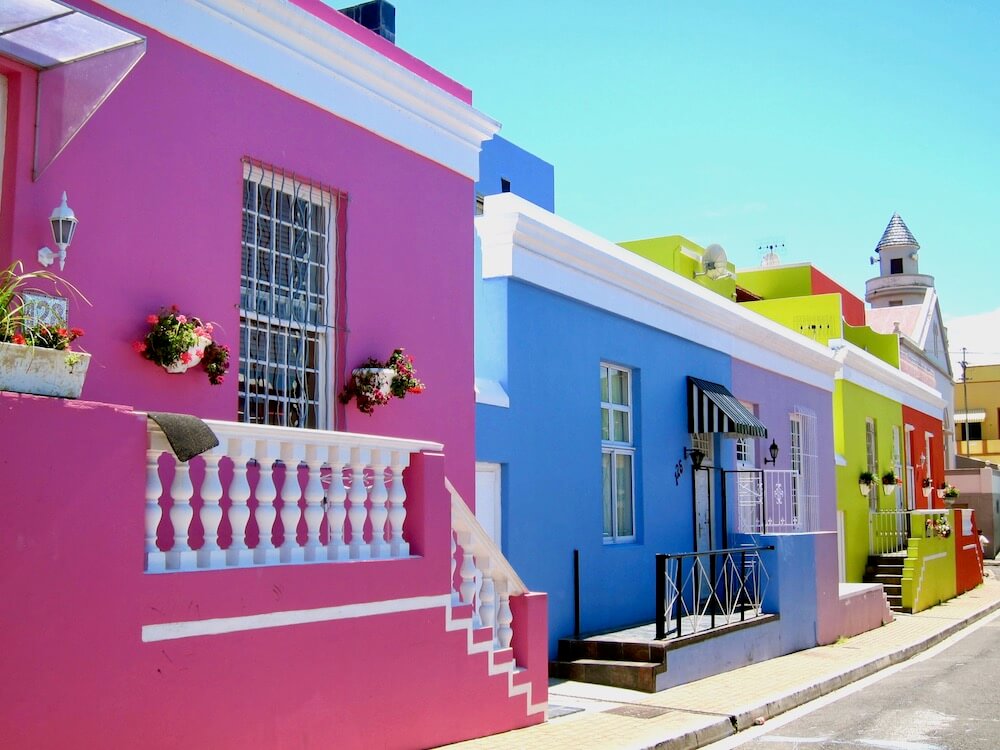
An equally colourful, albeit darker history, accompanies the vivid houses. Meaning ‘Above the Cape’ when translated from Afrikaans, Bo-Kaap was first developed in the 1760s to house slaves brought over by the colonising Dutch. These slaves hailed from places like Singapore, Malaysia, Indonesia and other parts of Africa. They were primarily Muslim and were known as the Cape Malays.
During the Apartheid, Bo-Kaap fell under the Group Areas Act of 1950, where the government segregated the population by designating separate neighbourhoods for each religion or race. Bo-Kaap was hence indicated as a Muslims-only neighbourhood; people of other ethnicities or religions were relocated to the outskirts of the city.
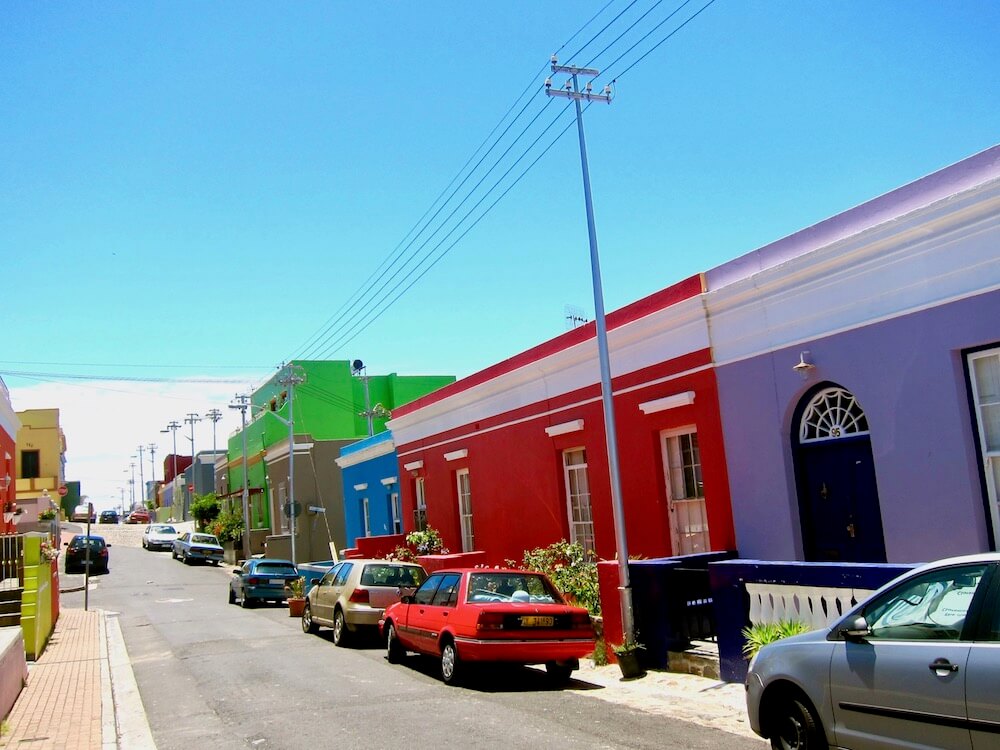
It’s said that throughout this time, the rental terms of the houses required the walls of the houses to only be painted white. However, this changed when slavery was abolished in 1834 and when Nelson Mandela was released in 1990, allowing many of the Cape Malay slaves to purchase and own the houses they were living in. To celebrate this, many of them chose to paint the exteriors in a riot of vibrant colours – as a bold expression of freedom that they so rightly deserve.
Today, Bo-Kaap exists as the oldest living neighbourhood in Cape Town! Many of the Cape Malay slaves were convicts or political exiles; however, they were also skilled artisans and craftsmen, who passed their skills to the future generations. This has helped to transform Bo-Kaap into an arts and cultural centre.
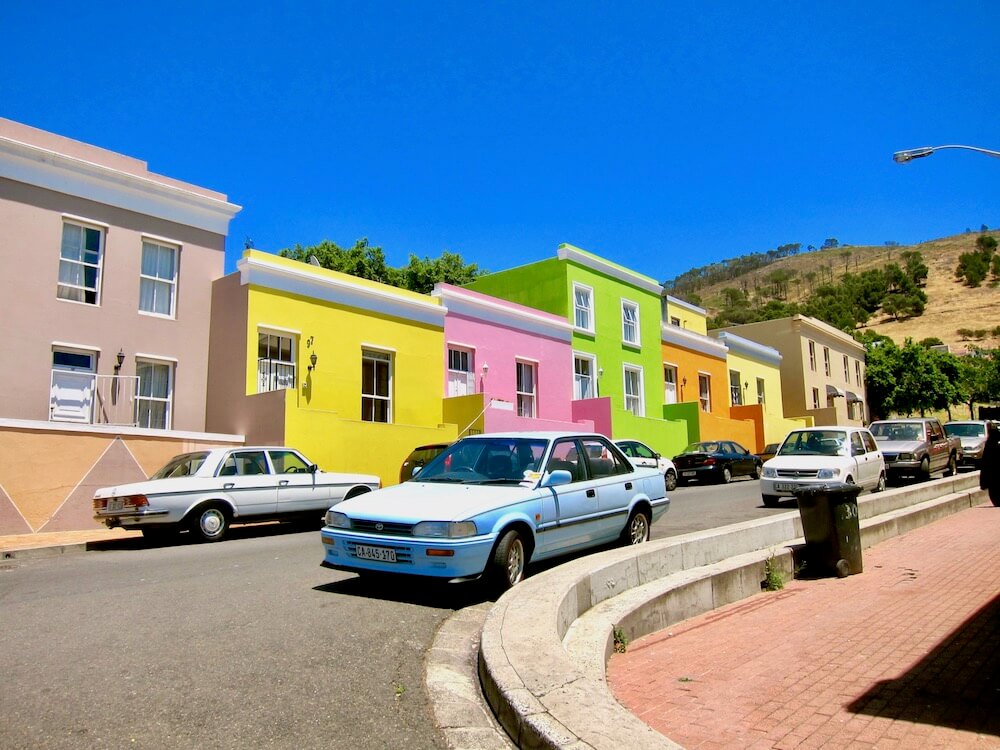
Take a stroll along Bo-Kaap to appreciate the colourful Dutch and Cape Georgian architecture.
There’s plenty to do in this district – first, pay a visit to the Bo-Kaap Museum, the oldest existing building in Cape Town that was built in 1768. The museum is furnished to reflect the lifestyle of the typical 19th-century Muslim family living in Bo-Kaap, giving visitors a glimpse of what life is like for the Cape Malays. Visitors are also able to learn about the history and culture of the district. The museum is open from 9am to 4pm from Mondays to Saturdays, with a R20 (~SGD2) and R10 (~SGD1) entry fee for adults and children aged 6 to 17 respectively.
The Auwal Mosque can also be found in Bo-Kaap, comprising the first Muslim Mosque to be established in South Africa.
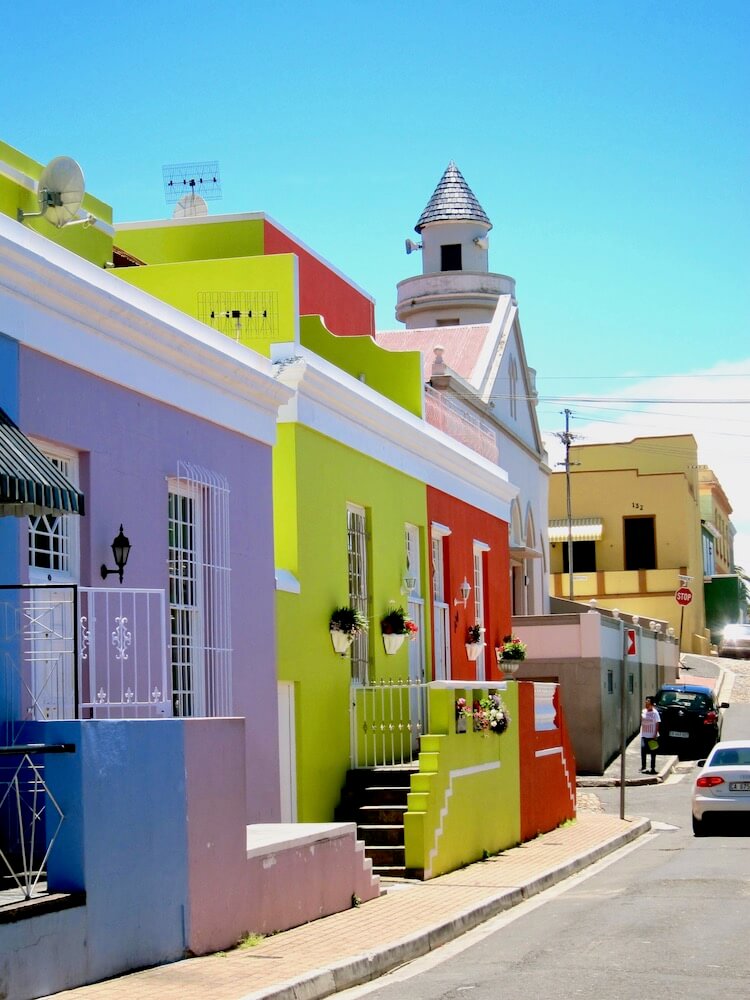
You’ll also find Yogi’s Barber Shop, the oldest walk-in cash only barber in Cape Town; The New Modernist, a fresh take on the usual vintage shop selling furniture and decor items; MonkeyBiz, offering a large slew of intricate beaded artworks; and even the Diamond Gallery, a shimmering enclave of all things shiny.
When in Bo-Kaap, one of the things that you must do is to have a traditional Cape Malay meal at one of the restaurants. Marco’s African Place is an establishment popular among both locals and tourists, featuring a wide variety of traditional food on top of live entertainment acts. The restaurant is also decorated with various African ornaments and instruments.
The Bo-Kaap Kombuis also serves a large variety of authentic Cape Malay food. The savoury platter and curries are highly recommended!
Alternatively, you can stop at any of the cafés to grab snacks such as Samoosas (a crispy pastry), Daltjies (spicy spinach and corn fritters) and Koesisters (doughnuts) to go.
If you wish to delve more into Cape Malay cuisine, you can choose to attend a cooking class where you’ll trawl the local market for ingredients, before whipping up a delicious and aromatic meal.

Unfortunately, the neighbourhood of Bo-Kaap is threatened by gentrification, where Muslims who were unable to keep up with the rising taxes were forced to move out of the district. To counter this, multiple activists have tried to keep the percentage of non-Muslims staying in Bo-Kaap at 15% – however, this percentage has steadily risen over the years.
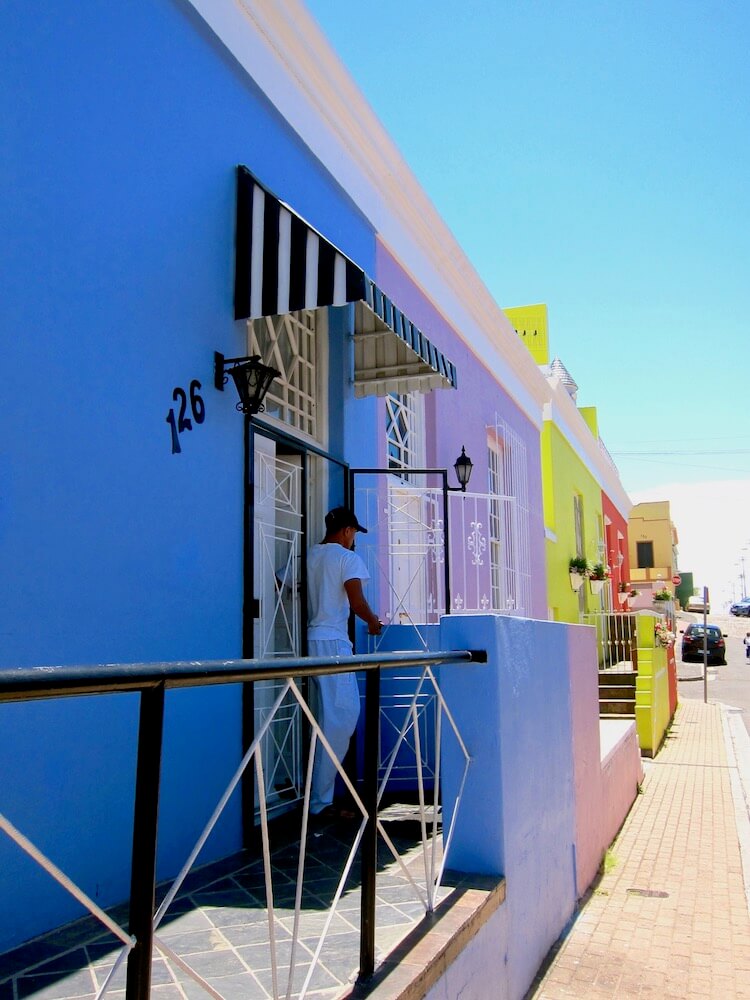
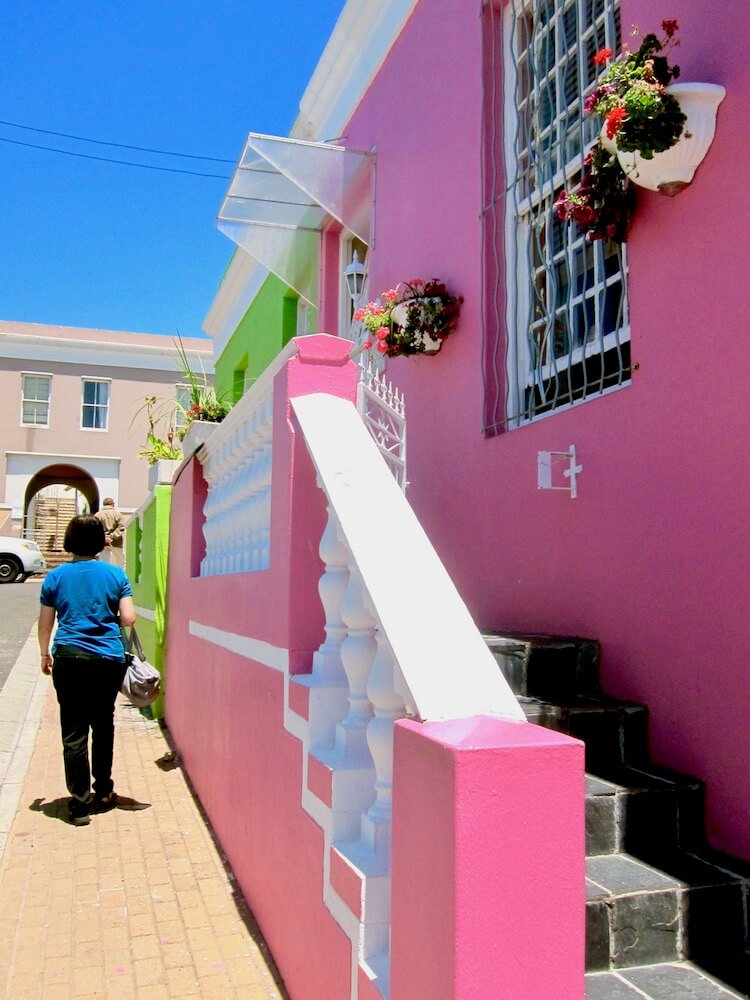
Many of the residents of Bo-Kaap comprise families that have lived there for generations. During your visit, do keep in mind that it is a residential area and take care to be respectful at all times.
Getting to Bo-Kaap

Bo-Kaap is a mere 5-minute walk from the city centre, where you can follow Wale Street directly to the Bo-Kaap Museum. Alternatively, you can reach Bo-Kaap via a 20 to 30 minutes walk from the V&A Waterfront.
To learn more about the area, you can join a free walking tour of the area that departs twice a day from Green Market Square on Shortmarket Street.

0 Comments Add a Comment?